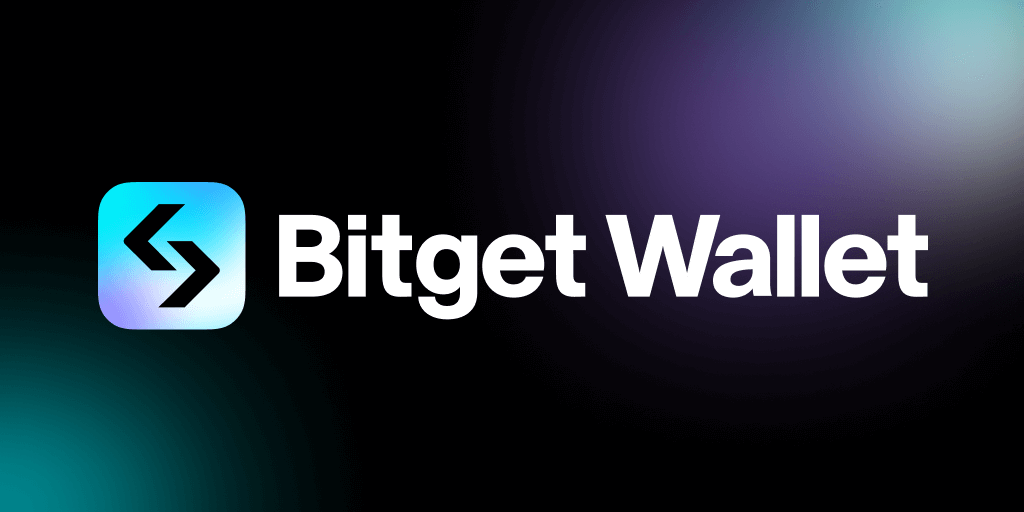So I was thinking about how much crypto has evolved lately. It’s wild. Just a few years ago, people barely talked about staking or hardware wallets in the same breath. Now? They’re front and center. Really? Yeah, seriously. The way these elements mesh is reshaping the whole DeFi experience, especially for multi-chain users like you and me. Here’s the thing: juggling security, rewards, and seamless trading isn’t as easy as it sounds.
At first glance, staking rewards seem like a no-brainer. You lock up your tokens, and boom—passive income, right? But wait—there’s more beneath the surface. The rewards depend heavily on network health, tokenomics, and how secure your stake actually is. Something felt off about just tossing coins into any random pool without thinking about the bigger picture. That’s where hardware wallets come into play, but more on that in a bit.
Honestly, I’ve seen people get burned by ignoring security while chasing big staking yields. It’s like chasing a mirage. On the one hand, high APYs lure you in; on the other, you risk exposure to hacks or losing access if your wallet isn’t bulletproof. A delicate balance, to say the least.
Okay, so check this out—NFT marketplaces are no longer just flashy art galleries. They’re becoming integrated hubs where staking and wallet security matter just as much as the assets themselves. This convergence is fascinating, though it can make your head spin if you’re trying to follow every trend.
But here’s something that bugs me: not all platforms prioritize hardware wallet compatibility. That’s a huge red flag for me. Why? Because if you can’t secure your assets offline, you’re basically leaving the door wide open. I’m biased, sure, but security should be the starting line, not an afterthought.

On the tech side, hardware wallets offer that ironclad protection by storing private keys offline. It’s like having a vault that hackers can’t touch. The catch? Usability. Many users find hardware wallets clunky or intimidating, especially when managing multi-chain assets. My instinct said this friction could slow adoption, but new solutions are making the process smoother.
Initially, I thought integrating staking directly with hardware wallets would be a stretch. Actually, wait—let me rephrase that—it’s happening faster than I imagined. Some wallets now support staking without sacrificing security, meaning you don’t have to move tokens back and forth, which lowers risk and saves time. This is a game-changer for DeFi users juggling multiple chains.
The NFT Marketplace Twist
Here’s where it gets even more interesting. NFT marketplaces are no longer siloed experiences. Platforms that support hardware wallets and staking simultaneously offer a more holistic ecosystem. You can stake tokens, secure your assets, and trade NFTs all in one place. For example, I stumbled upon some platforms that integrate these features seamlessly, and it felt like a breath of fresh air in a crowded space.
But I’m not 100% sure if this is the future for everyone. There are still barriers—like user education and the steep learning curve. People often overlook how complex managing NFTs, staking, and wallet security together can be. (Oh, and by the way, gas fees and multi-chain compatibility sometimes mess this up big time.)
Still, this combined approach offers serious upside. Imagine staking your native tokens to earn rewards while using those same tokens to buy or sell NFTs securely, all backed by a hardware wallet’s offline protection. That’s the kind of synergy that could push crypto mainstream.
If you want to explore wallets that balance these needs well, I recently came across a solid option you might want to check out here. It supports multi-chain assets, staking rewards, and hardware wallet security in one neat package. It’s not perfect, but it ticks a lot of boxes.
Still, the landscape is shifting rapidly. On one hand, more users demand simplicity and security; on the other, the tech is evolving so fast it’s hard to keep up. This tension creates both opportunities and headaches. Honestly, I think we’ll see more platforms embracing this triad—staking, hardware wallets, and NFT marketplaces—as standard soon.
Something else to consider is how regulation might impact all this. I’m a bit skeptical about how future policies could complicate staking or NFT ownership, especially with hardware wallet usage. It’s definitely something to watch, though right now the innovation pace feels unstoppable.
By the way, the user experience still needs a lot of polish. Even with advanced wallets, managing multiple chains, staking contracts, and NFT trades can feel overwhelming. I sometimes wish there was a simpler way to track everything without jumping through hoops or risking security.
To wrap up my scattered thoughts, the intersection of staking rewards, hardware wallet support, and NFT marketplaces is shaping a more secure and rewarding crypto ecosystem. But it’s not without growing pains. You’ve got to be cautious, curious, and maybe a little patient as these tools evolve.
And hey, that’s part of the thrill, right? The crypto space keeps throwing curveballs, but when you find that sweet spot where security meets ease and opportunity, it’s a rush like no other. Just remember—don’t rush in blindly. Protect your keys, understand the rewards, and stay sharp.
